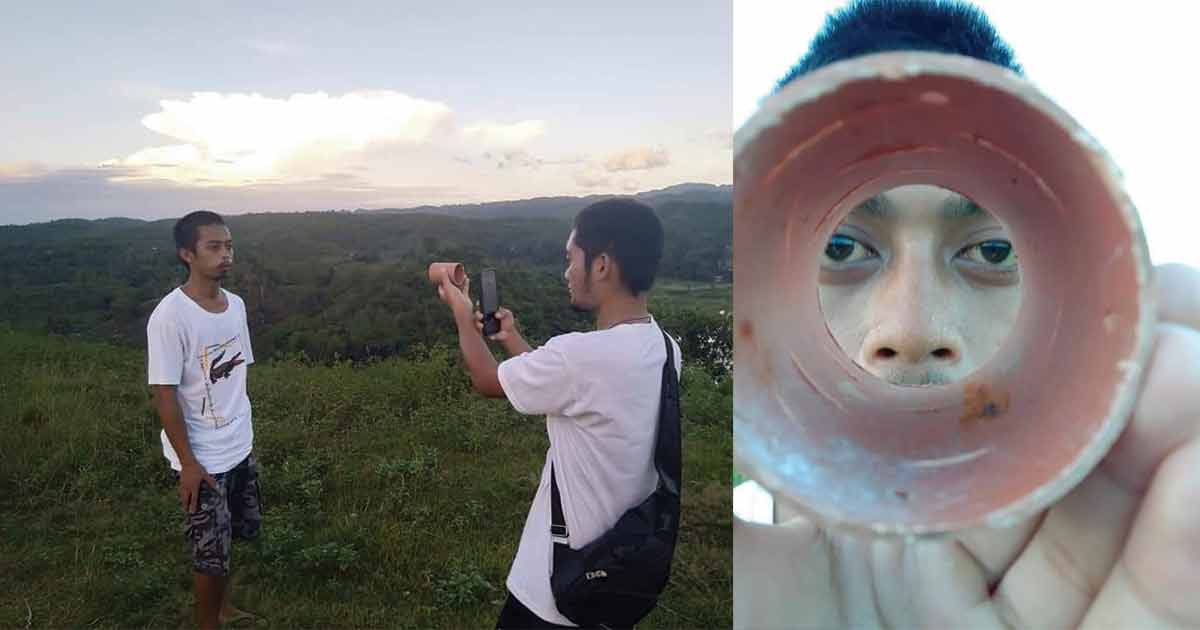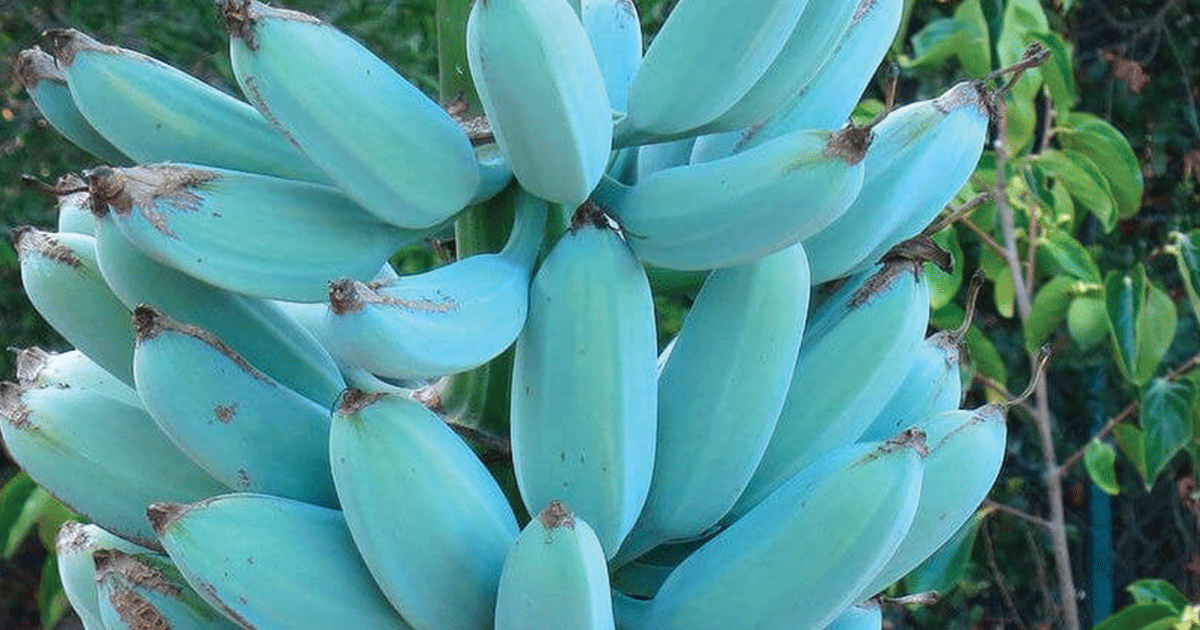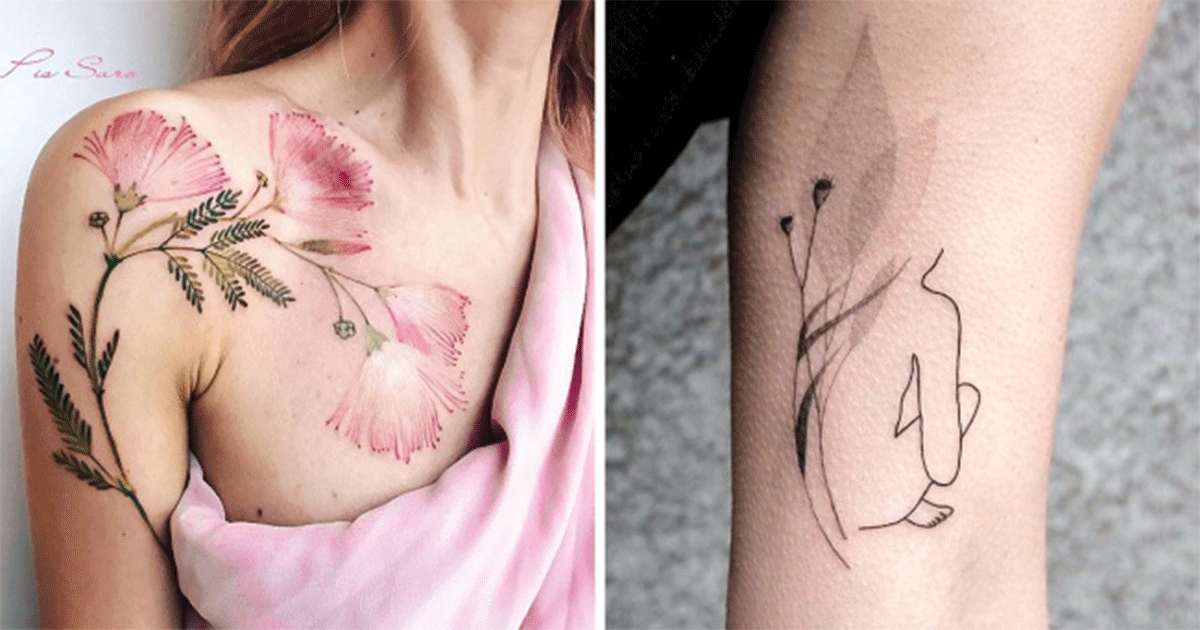4 Famous Photographs That Are Actually Fake
In an era where images can spread like wildfire and become iconic symbols, it’s sometimes surprising to learn that not all famous photographs are what they seem. Some of the world’s most recognized images have, in fact, been altered, staged, or manipulated in ways that completely change their meaning. Whether intentional or not, these images went on to deceive millions. Here are four famous photographs that are actually fake and the truth behind them.
1. The Loch Ness Monster (1934)
One of the most famous photographs supposedly showing the Loch Ness Monster was taken by Dr. Robert Kenneth Wilson in 1934, and it captivated the world. The grainy black-and-white image showed what appeared to be a long-necked creature emerging from the waters of Loch Ness, sparking decades of speculation and legend.
The truth: Decades later, it was revealed that the “monster” in the photograph was actually a hoax. The image was created using a small model attached to a toy submarine. The photograph was part of an elaborate prank orchestrated by Marmaduke Wetherell, who wanted to get back at a newspaper that had previously ridiculed him.
2. The Cottingley Fairies (1917)
The Cottingley Fairies photos, taken by two young girls in England, appeared to show them interacting with tiny, ethereal fairies. The images were widely believed to be proof of the existence of magical creatures, gaining the attention of even notable figures like Sir Arthur Conan Doyle, who was convinced of their authenticity.
The truth: Decades after the photos were taken, the girls, Elsie Wright and Frances Griffiths, admitted that the fairies were cut-out illustrations from a children’s book. They had staged the photos as a playful prank, and while Doyle was sincere in his belief, the images were simply the result of creative trickery.
3. Raising the Flag on Iwo Jima (Second Version, 1945)
Joe Rosenthal’s photograph of U.S. Marines raising the American flag on Mount Suribachi during the Battle of Iwo Jima became one of the most iconic images of World War II. While the photo itself is real, many believe that it was staged because Rosenthal took a second shot of a flag being raised.
The truth: The famous photo was not staged, but it was a reenactment. The first flag raised by the Marines was smaller and was replaced by a larger one later on. The second raising, captured by Rosenthal, was more ceremonial and symbolized victory, but it was not a staged event as some initially thought. The confusion comes from Rosenthal capturing a genuine moment, though it wasn’t the very first flag raised that day.
4. The Migrant Mother (1936)
Dorothea Lange’s “Migrant Mother” is one of the most famous images from the Great Depression, showing Florence Owens Thompson with her children. It became a powerful symbol of the hardships faced by migrant workers during that time.
The truth: While the photograph itself is real and depicts a very real hardship, Lange later admitted that she asked the woman to pose with her children for the photo, arranging them to create a more poignant composition. Moreover, it was discovered that Thompson was not a migrant worker struggling with farm labor, as originally described, but rather a woman who had stopped at a camp temporarily.
Final Thoughts
These famous photographs serve as reminders of how powerful images can be in shaping our understanding of events. However, they also highlight the importance of questioning what we see. Whether manipulated for a prank, misunderstood in context, or staged for dramatic effect, these photos remind us that not everything captured by the camera is as it seems.

This is one of the oldest and most notorious viral photos of all time. It made a good deal of hullabaloo when it appeared on the Internet, yet it's actually two unrelated pictures masterfully merged together. The irony is that it was National Geographic's reputation that suffered the most from its appearance: the picture often had a caption stating it was chosen as "National Geographic Photo of the Year."
The island castle or the castle island

A short yet mesmerizing caption, The Castle Island, Ireland, doesn't leave you a choice: you just long to drop everything and go to Dublin to see this miracle of architecture for yourself. Alas, it's no more real than Neverland. This is good old Photoshop, but it's so good it made millions believe it.
A fruit to die for

It's been several years now since summer began with the hype around this unusual treat. It has many names: blue, moon, Chinese, Japanese... All the sadder that it doesn't really exist.
Fear makes the bear bigger than he is

This photo makes you smile in spite of yourself. Emergencies do happen during wildlife shooting, but this is not the case: look at the shape of the bear's head and a patch of grass on its right front paw. Unfortunately, if you believed this picture to be authentic, we have to disappoint you: it's Photoshopped.














